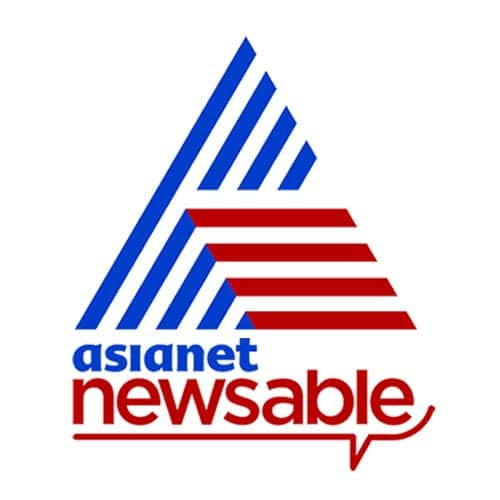synopsis
The development of dedicated infrastructure to ensure the safe passage and preservation of wildlife, in conjunction with the construction of National Highways/Expressways, has become a regular aspect of highway development in India under Prime Minister Narendra Modi's leadership.
Prime Minister Narendra Modi's visit to Chhattisgarh on 7 July will see him lay the foundation stone for three National Highway projects for the Chhattisgarh section of the six-lane Greenfield Raipur-Visakhapatnam corridor. A key component in the development of these National Highway projects is a six-lane tunnel of 2.8 Km in length with 27 animal passes and 17 monkey canopies provided for unrestricted wildlife movement in the Udanti Wildlife Sanctuary area.
According to sources, this aligns with Prime Minister Modi's vision to minimise the impact of highway development on wildlife.
Sources further said that under Prime Minister Modi, the development of such dedicated infrastructure for the safe passage of wildlife and their habitation, along with the development of National Highways/Expressways is a frequent feature of highway development in India.
To cite an instance, the Delhi-Dehradun Economic Corridor, whose foundation stone was laid by PM Modi in December 2021, will have Asia’s largest wildlife elevated corridor (12 km) for unrestricted wildlife movement.
Other examples of dedicated infrastructure include:
* An 11.6 km elevated corridor with 4 underpasses, a 360-metre tunnel and sound and light barrier on all structures on the Ganeshpur-Dehradun NH-72A.
* The Ramban-Banihal tunnel will have six tunnels with a combined length of 2.967 km.
* The Bangalore-Vijayawada stretch will have a 3.75 km tunnel and 2.5 km of viaducts and underpasses.
* The Gwalior-Shivpuri project has an elevated corridor and underpasses in the 5.5 km stretch passing through the wildlife sanctuary.
Take a look at some other projects:
)
 subscribe to Asianet News Whatsapp channel by clicking here.
subscribe to Asianet News Whatsapp channel by clicking here.